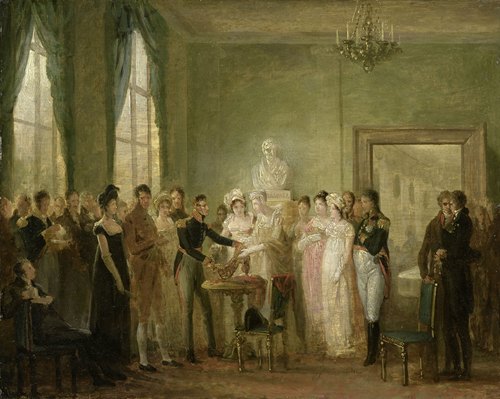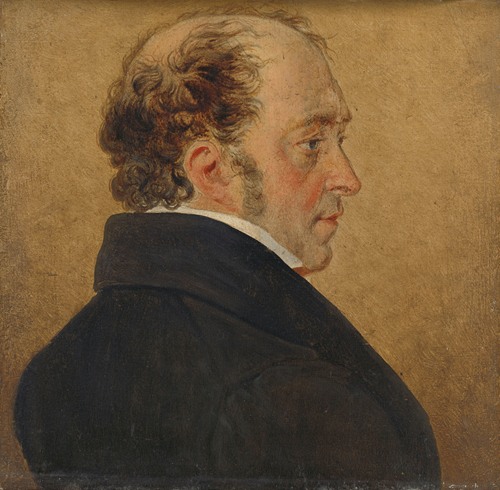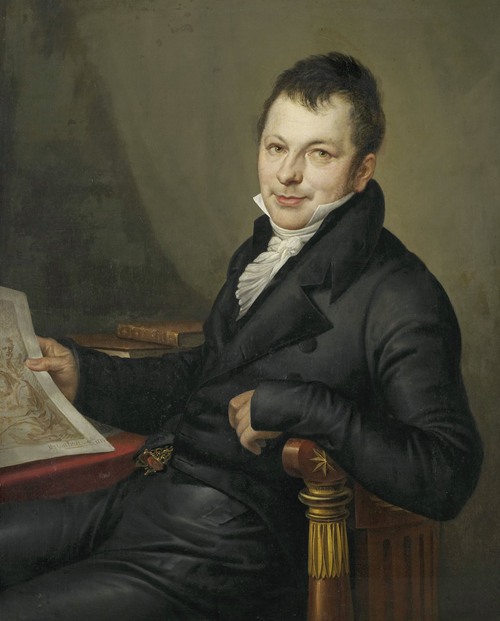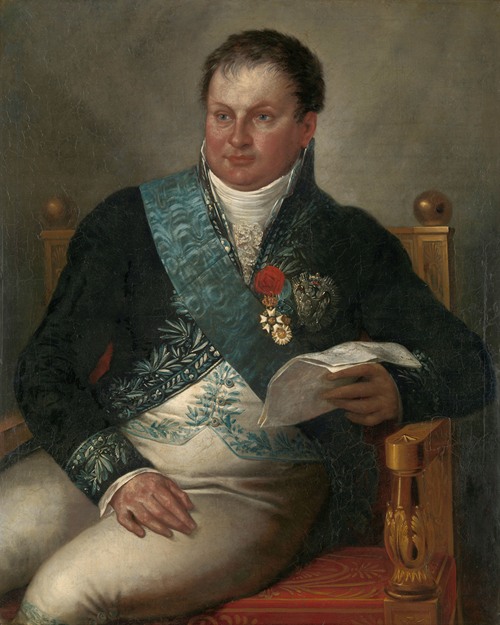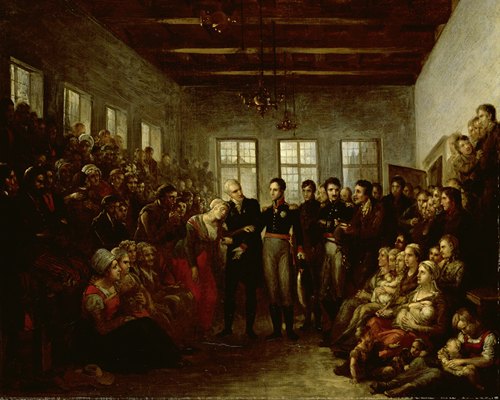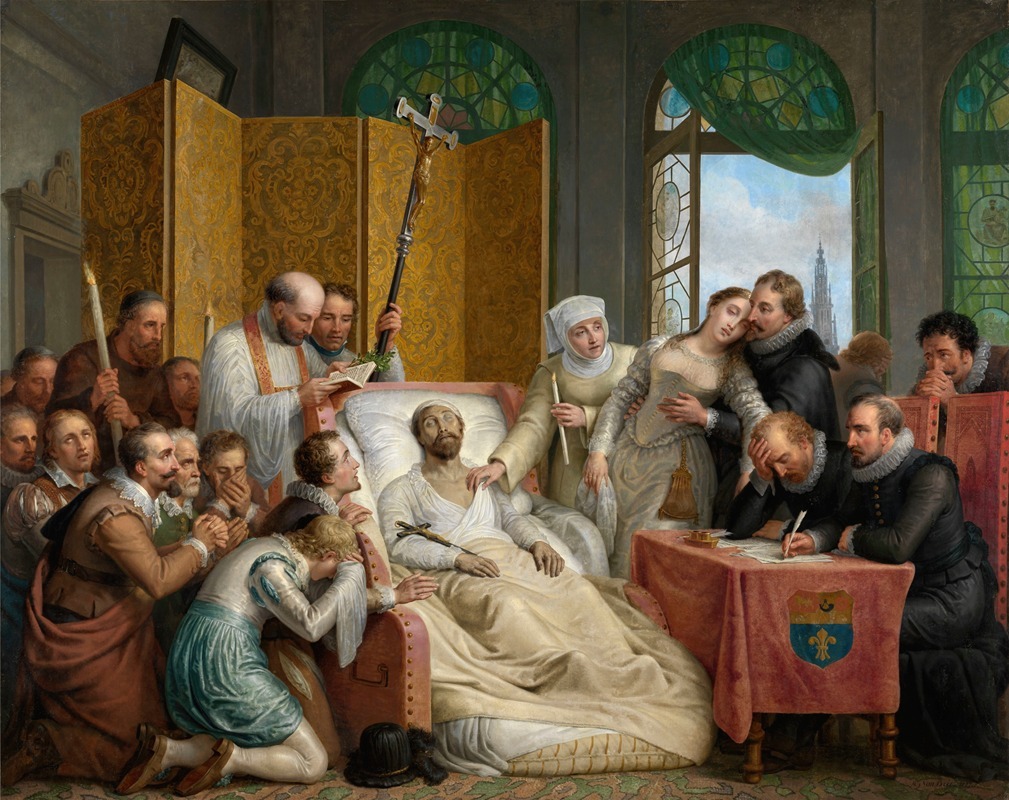
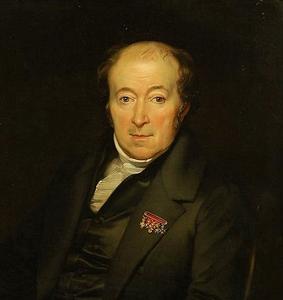
Mattheus Ignatius van Bree was a Belgian painter. He was one of the founders of the historical school of painting in Belgium and played an important role as a teacher in the development of 19th-century Belgian art.
He was first trained from the age of 10 in the local art academy. One of his teachers was Petrus Johannes van Regemorter. He became assistant-professor at the Academy and got his own studio in 1794. He left for Paris in 1797 where he studied with François-André Vincent. He participated that year in the Paris Salon and won second prize in the Prix de Rome with his painting The death of Cato in Utica.
He returned to Antwerp in 1804 and became a professor at the Antwerp Academy which had just been reopened after its closure by the French occupiers. Van Bree was after the end of French occupation in 1813 a member of the commission responsible for recovering works of art confiscated by the French and was able to retrieve many works by Rubens. In 1821 he traveled to Italy and visited Florence and Rome with his former pupil Ferdinand de Braekeleer the Elder. In Florence he made in the Uffizi drawings after portraits by Leonardo da Vinci and Raphael. In the same year he also published his views on art in Leçons de dessin (Drawing lessons).
In 1827 he became director of the Antwerp Academy after the resignation of Willem Jacob Herreyns. He was a member of several overseas art institutions such as the academies of Amsterdam, Rome, Munich and New York.
He trained some of the eminent painters of the next generation such as Egide Charles Gustave Wappers, Nicaise de Keyser, Jan August Hendrik Leys, Antoine Wiertz, Jules Victor Génisson and Ferdinand de Braekeleer the Elder in whom he instilled his admiration for the masters of the Flemish school, and in particular, Rubens and van Dyck. Egide Linnig who studied under van Bree was not happy with the emphasis placed on history painting by van Bree.


